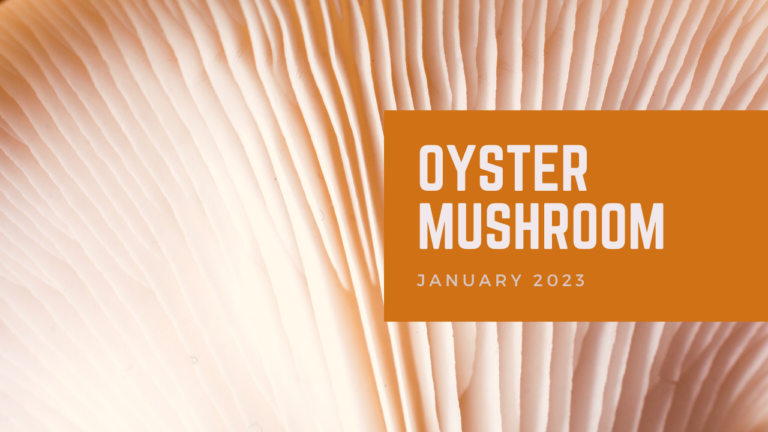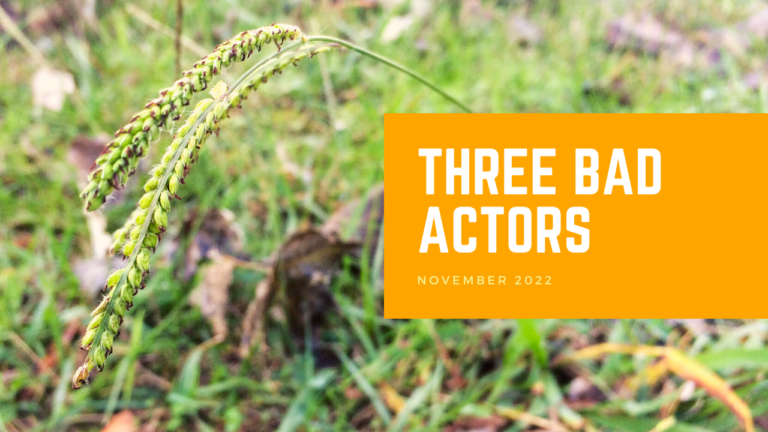Presented by Brittney Barnett
August 8, 2022
Botanical name: Liatris punctata var. mucronata
Common name(s): Texas Blazing Star, Texas Gayfeather, Texas Liatris, Cusp Liatris, Cusp Blazing Star, Cusp Gayfeather, Narrow-leaf Liatris, Narrow-leaf Blazing Star, Narrow-leaf Gayfeather
Family: Asteraceae (Aster)
[MUS—EASY AND FUN]
[BRITTNEY] My name is Britteny Barnett and the Plant of the Month this month is Liatris mucronata, better known as Texas Blazing Star.
Additional names: Texas Liatris, Texas Gayfeather, Cusp Liatris, Cusp Blazing Star, Cusp Gayfeather, Narrow-leaf Liatris, Narrow-leaf Blazing Star, Narrow-leaf Gayfeather. And all of these common names refer to either the shape of the foliage, the appearance of the flower, and/or its native range.
The epitaph mucronata, so mucronate, is roughly translated to having a tip ending in an abrupt sharp point or a mucro. Punctata means spotted and refers to the tiny resin dots on the underside of the leaves.
There are 28 different species in Texas, and it belongs to the Sunflower family, or the Asteraceae family.
Distribution
Its native range is Arkansas, Kansas, Missouri, Oklahoma, Texas, and Louisiana. And these are typically hot, humid regions. The natural habitat is in marshes along path edges and water embankments. It can also be found in prairies, mesquite grassland, roadsides, fencerows, sands, clay, sandy loams, and sometimes rocky areas, and it is also commonly found in open fields and woods.
Characteristics
The Liatris mucronata is a herbaceous perennial with deciduous foliage. Mature plant grows to roughly one to three feet tall and is roughly 12 to 18 inches wide. It has a bulb-like root, and it develops an extensive deep root system which makes it very drought tolerant. The leaves are narrow, alternate, and relatively dense on the stem. It gradually becomes smaller and narrower as you move up the stem and near the top of the stem the leaves are often grass-like.
As for the flowers, it’s a very showy plant with densely congested tufted flowers on a long stem and colors range from lavender and purple to pink and a few times you’ll find it in white.
Planting Conditions
This flower likes sandy and gravelly and sandy loam soil types. It requires full sun and prefers gravelly, sandy dry to medium well-drained soils. It’s tolerant of alkaline soils, drought, and summer heat. And you will find it blooming in late summer to December.
Gardening Tips
When it comes to gardening, you’ll typically see it used in landscapes such as formal sunny beds, rock gardens, butterfly gardens, meadow gardens, or urban prairie gardens. They’re very easy to grow and they’re hardy and low maintenance. It does best in a course-textured mulch as well as gravel. If you use fertile soil, it will make the plants too tall and weak, and over watering will lead to root rot.
It can be grown from seeds or roots. If using seeds, it can sometimes take two years before blooming.
To encourage seeding, leave some of the flower spikes on the plants over the fall and winter months to disperse seeds.
In the mid to late spring when the plants begin to wake up, cut back one to two inches above the soil. Because they have long tap roots, and once they become established, you should not divide the plant and/or transplant it.
Other flowers commonly found with it are other wildflowers and ornamental grasses which can include coneflowers, beebalms, switchgrass, sunflowers, sneezeweed, and bluestem.
Uses and Benefits
It’s also called a Button Snakeroot because roots and underground stems have been used to allegedly treat rattlesnake bites.
The nectar is a great source for butterflies and hummingbirds as well as bees, moths, wasps, and beetles. A variety of songbirds and migratory birds eat the seeds during the winter, and it is deer tolerant and rabbit resistant.
And these are the works cited. And that is it. Thank you.
Works Cited
- Fire Efects Information System (FEIS): Liatris punctata
- The Friends of the Wildflower Garden, Inc.: Liatris punctata Hook. – Dotted Blazing Star
- Houston Chronicle: Houston is a world-class city, founded upon a world-class prairie
- iNaturalist: Photos of Narrow-leaf Gayfeather (Liatris punctata var. mucronata)
- Lady Bird Johnson Wildflower Center: Liatris punctata var. mucronata
- Longfield Gardens: All About Liatris
- Missouri Department of Conservation: Blazing Stars (Gayfeathers; Liatris)
- Pinterest: Plants
- Plano Prairie Garden: Gayfeather and Monarchs
- The Spruce: How to Grow and Care for Liatris (Blazing Star)
- Texas Wildbuds: Liatris punctata (Dotted Gayfeather)
- Trinity Forks Chapter NPSOT: Gayfeather (Liatris mucronata): Fall Blooming Perennial
Related Posts

Plant of the Month: Woolly Bluestar
Our Plant of the Month for February 2023 is Amsonia tomentosa, commonly known as Woolly Bluestar, Woolly Amsonia, Small Leaved Amsonia, or Gray Amsonia.

Plant of the Month: Oyster Mushroom
Our plant of the month for January isn’t a plant at all, it’s a fungus!
Botanical name: Pleurotus ostreatus
Common name(s): Oyster Mushroom, Pearl Oyster Mushroom

Spotlight on Invasives: Three Bad Actors
Spotlight on Invasives: Johnsongrass (Sorghum halepense), Southern Crabgrass (Digitaria ciliaris), and Dallisgrass (Paspalum dilatatum)

